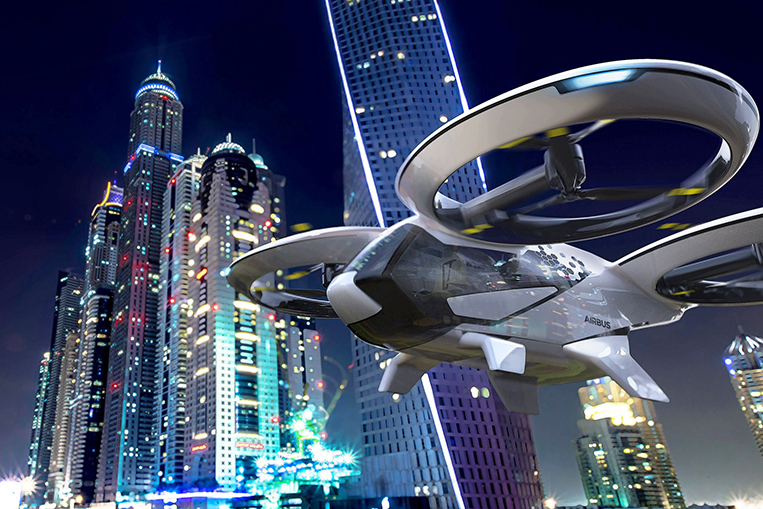
Back in March, aircraft manufacturer Airbus proudly rolled out the first real prototype of its flying taxi—called the CityAirbus—at its development facility in Germany. Politicians and company managers smiled excitedly for the cameras in front of the unmanned electric vertical takeoff and landing (eVTOL) vehicle, which at the time couldn’t really go anywhere. But now the firm’s CEO Bruno Even has proudly tweeted that the thing has actually completed its first flight. The only problem: Latest research shows that urban air taxis aren’t the efficient transport option we thought they might be.
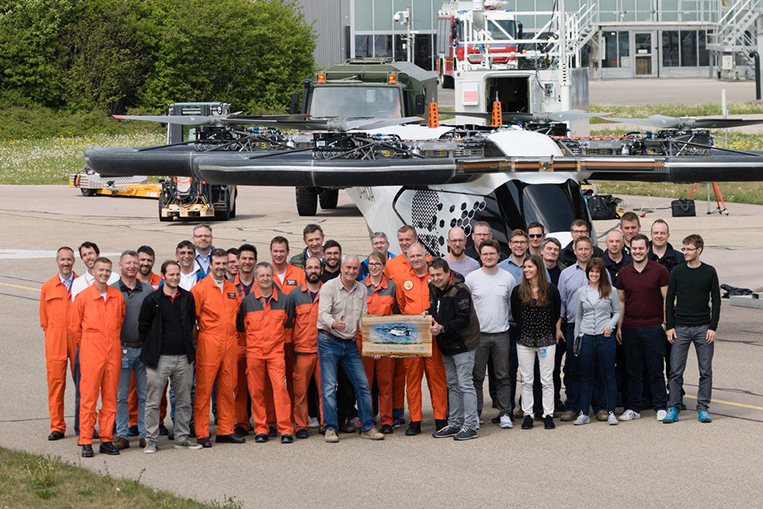
To call what the CityAirbus has recently done a “flight” would be somewhat stretching it, but at least the futuristic-looking machine did manage to get off the ground, even if it was more of a tethered hop than a real high-altitude experience. Nevertheless, it shows that Airbus is serious and is working hard to create the type of contraption that we have only ever seen in sci-fi movies until now. As fascinating as the idea of a flying taxi might be, the concept itself has a bit of a flaw, as researchers at the University of Michigan have discovered. Until now, it was believed that using electric flying machines instead of diesel- or petrol-powered cars would present a more efficient and environment-friendly way to travel around cities, but it turns out that’s not the case.
As fascinating as the idea of a flying taxi might be, the concept itself has a flaw, as researchers at the University of Michigan have discovered
Scientists looked at the primary energy use and the greenhouse gas emissions that come with eVTOL aircraft, and dissected their way of travel into five phases: takeoff hover, climb, cruise, descent and landing hover. The conclusion was that these machines need a lot of energy to take off and climb, but are otherwise quite efficient while cruising through the sky—especially if the distance they cover during a trip is relatively long. When used for shorter trips, however, the picture is a different one. On any journey covering 35km or less, a single-occupant internal-combustion-engined vehicle uses less energy and produces fewer greenhouse gas emissions than a single-occupant flying taxi. That’s a bit of a bummer, as most commutes are only about 15km long, and it means that, at least for now, you’re better off staying on terra firma on your way to work.
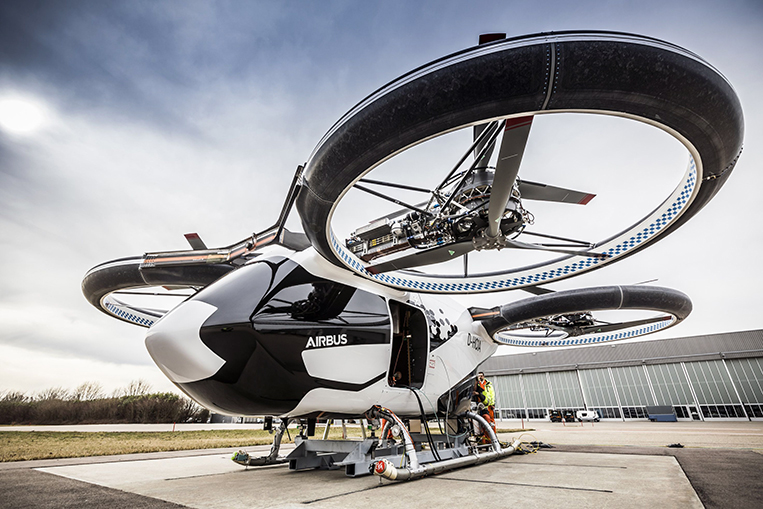
Things do look better if you travel over a distance of 100km and load the vehicle up with four passengers. In this scenario, boffins found that the eVTOL machine had lower greenhouse gas emissions than ground-based vehicles, and this included ICE and electric cars. The flying cab was also considerably faster than its four-wheeled rivals. The conclusion, then, seems to be that airborne taxis are no good for inner-city trips, but might be a suitable option for out-of-town travel, a fact that Airbus needs to know (if it doesn’t already). Their four-seat multicopter currently only has a flying time of 15 minutes at a top speed of 120km/h. It seems we’re still a long way from traveling like the Jetsons.



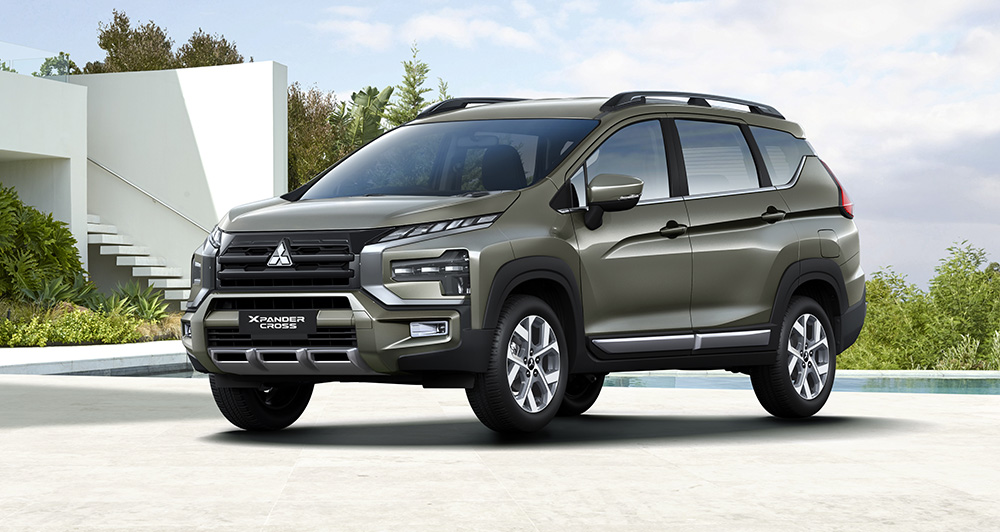
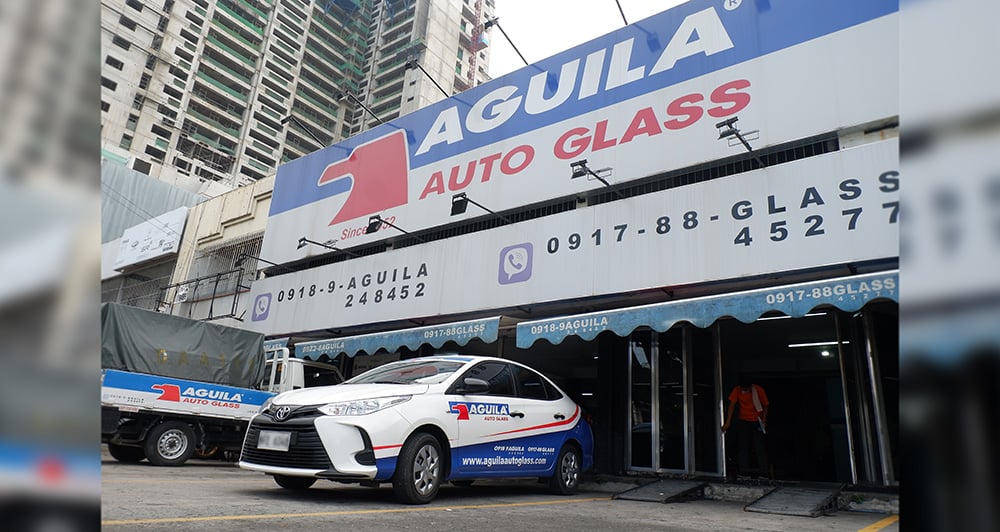
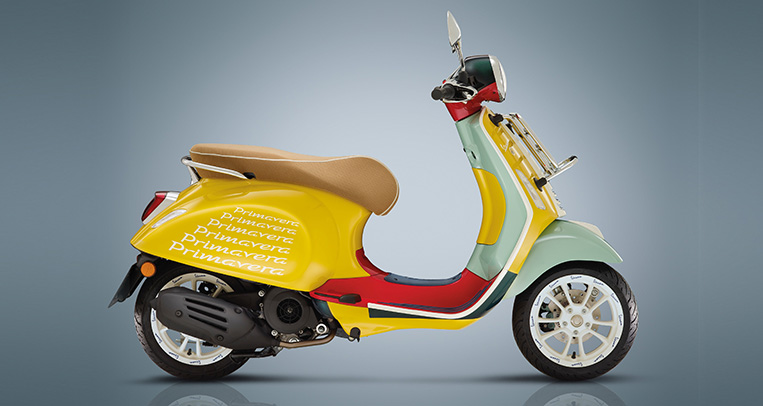
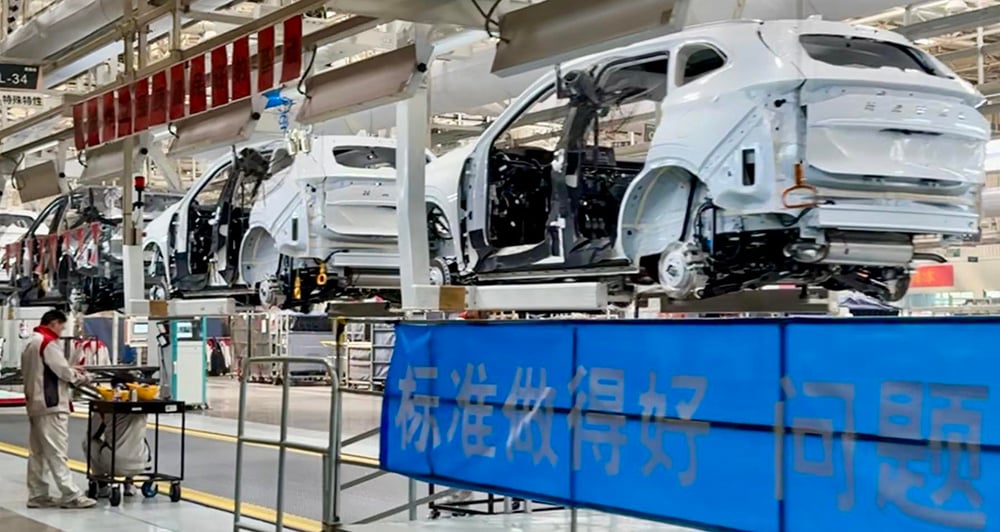


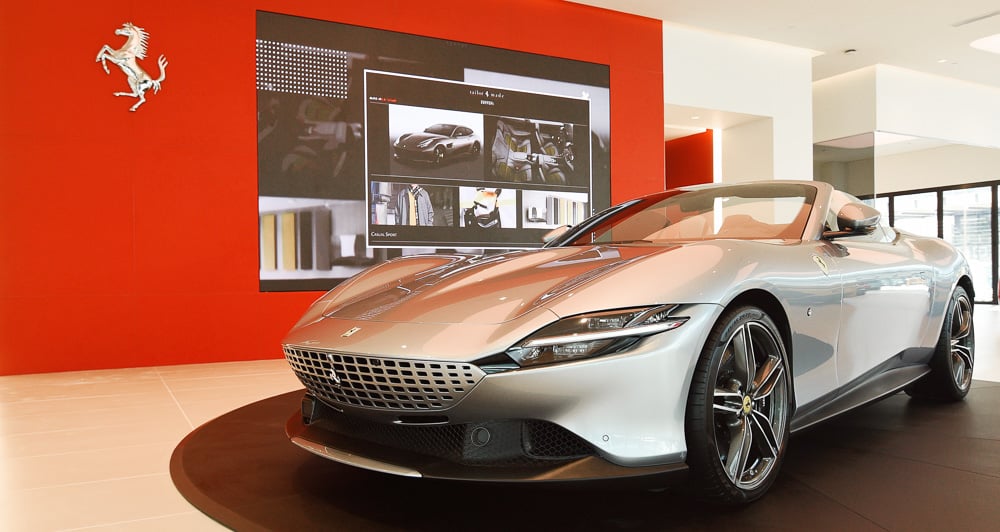

Comments